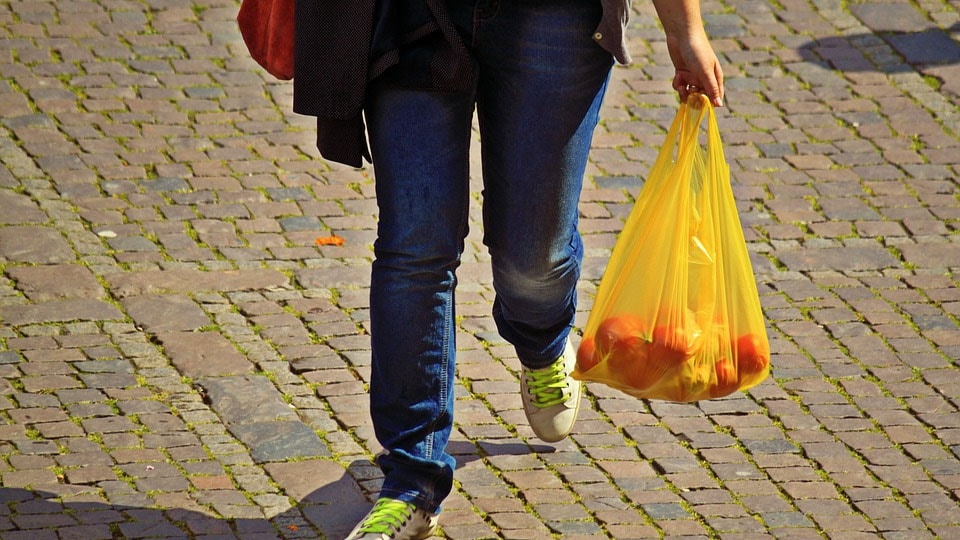You’re probably eating a plastic credit card every week. The average person actually ingests about five grams of plastic each week. Most people don’t mean to indulge in plastic, but microplastic fibers are making their way to your stomach through water and food each day.
The Study On Microplastics
The University of Newcastle in Australia released a study on the impact of plastic pollution on human nutrition around the globe. Microplastics are tiny particles of plastic found in everyday things you consume. From beer to shellfish and salt, you’re actually eating plastic. The main culprit of microplastics is actually drinking water. In fact, the average person ingest over 1700 particles from their drinking water each week. These tiny plastic particles are found in bottled water, tap water, groundwater, and surface water.
Microplastics Unite
Tap water was found to be the most contaminated of all types in the United States. Almost 95% of all tap water from the US contained microplastic fibers. The other big culprits included shellfish at 182 particles a week and beer at 10 particles. Bottled water actually has an overall larger amount of microplastics. A study published by the American Chemical Society states that the average person in America consumed as much as 121,000 bits of microplastic in a year. If the person drinks bottled water, they could consume over 20 times more microplastics.
How Do Microplastics Find Their Way In Food and Water?
People across the globe are great at producing plastic, but not great at recycling that plastic. Less than 10 percent of plastic is actually recycled. It breaks down then gets into the water systems of the world. It eventually finds its way into the things we consume. To make things worse, many things are wrapped in plastic or bottled in plastic. These microplastic particles break off into the food and drinks. We even breathe plastic every day as the fibers are in the air.
Microplastics Affecting Health
There isn’t any evidence that plastics kill us. We don’t know the long term health issues at this time. There is suspected evidence that these plastics do damage our brain, liver and lungs. There is evidence that microplastics do negatively affect the membrane of the brain animals. Some mothers also may pass microplastics through the placenta to their unborn child. Some particles of plastic might catch a ride on bisphenol A (BPA) and phthalates. These are linked to cancer, problems of the reproductive system and a weakened immune system. The extensive research of microplastics is new to the world. Most scientists and researchers say there is a negative effect on many parts of the body, but they cannot conclude to what extent because the research is too new.
The Berkey Effect
It’s important for water sources to attempt to remove microplastics. We’ve tested the Berkey’s elements to remove as many things as possible from your water. The Berkey actually removed viruses that are as small as the nanometer range. This means that tiny particles that are larger than nanometers like microplastics should be taken out as well.
Do Your Part
The bad news is that you cannot run away from microplastics. They’re found everywhere. You can even find them in your dust at your house. The best thing to do is avoid consuming many foods and drinks in plastic containers. Since bottled water is one of the biggest culprits of microplastics, stay away from it if you can. Don’t heat up your food in plastic containers. Eat fresh foods so you aren’t forced to eat things wrapped in plastic or from a can. Minimize dust in your home with an air purifier. It may come as a surprise that many types of plastic are actually too low quality or too contaminated to be recycled. This is why it’s important to scale back your use of plastics as a whole.
Plastic production isn’t going to slow down. It’s expected to quadruple by 2050. This means the microplastics will continue to contaminate the things we consume. It’s important for each consumer to do their part by consuming products in glass, using reusable non-plastic containers and supporting businesses that do their best to remove microparticles. The future generation’s health is at stake.








Recent Comments